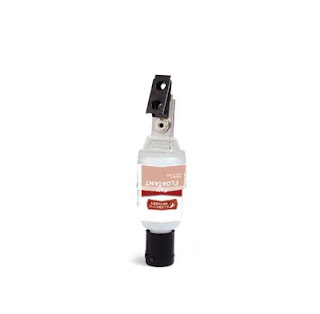Caddisfly Life Cycle & Hatch

Caddisflies haven’t gotten the love historically that mayflies have gotten from anglers. However, that seems to be changing. One night at dinner with my friend Nino he was making fun of me on how many flies we carry at RiverBum. Nino likes to get a good rise out of my wife and I, and this night was no exception. He belts out “all I need are three flies. Adams, Tan Caddis, and Pheasant tails, and I’ll out fish anyone”. Of course, I shot back as to why he’s always panhandling for flies out of my fly boxes. The point is, caddis have a very worthy place as a top insect to carry in your box, and know their behavior. Where can you find them? Caddis flies are found in ponds, streams, lakes, and rivers. Cased caddis surrounds themselves with debris to make their own cases so they can hide and grow while having protection as they move. You can determine water quality by the presence of caddis. Caddis do not like water pollution and cannot thrive in
